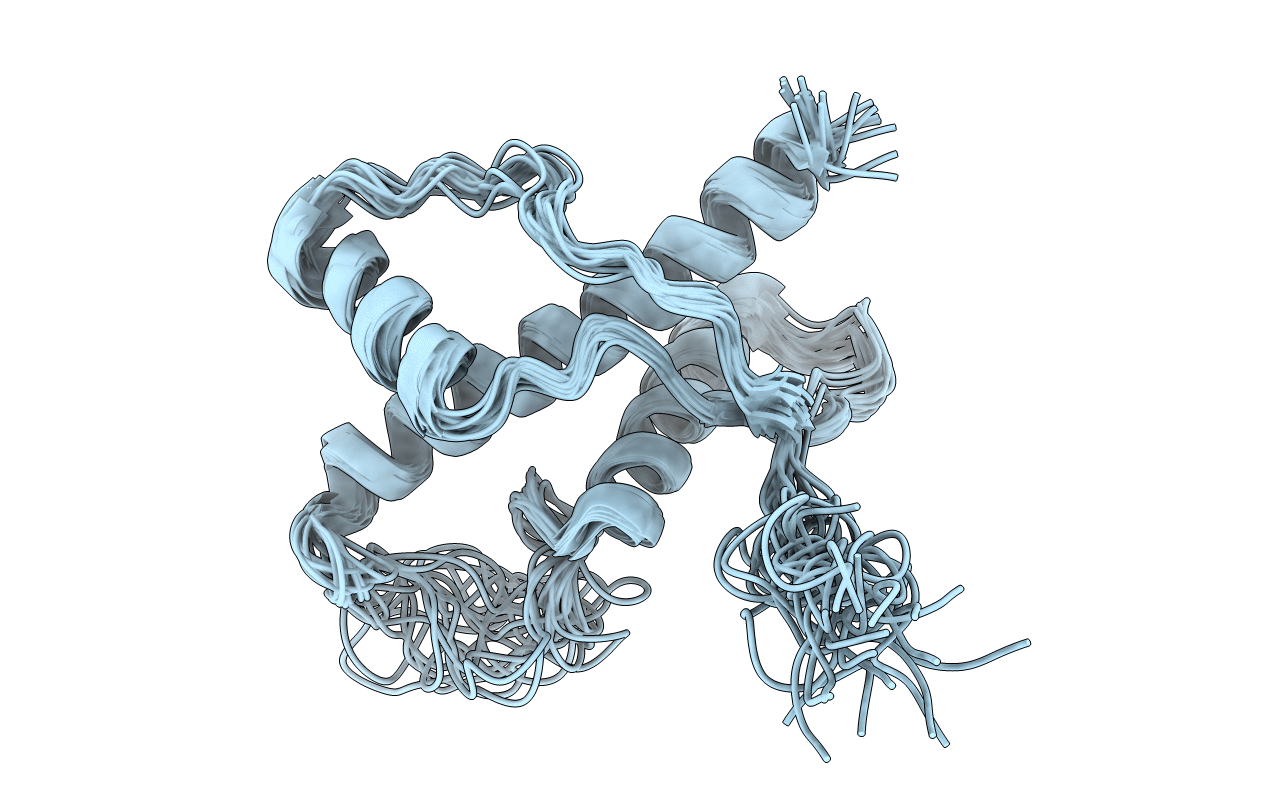
Deposition Date
2004-07-22
Release Date
2005-01-04
Last Version Date
2024-10-30
Entry Detail
PDB ID:
1U3M
Keywords:
Title:
NMR structure of the chicken prion protein fragment 128-242
Biological Source:
Source Organism:
Gallus gallus (Taxon ID: 9031)
Host Organism:
Method Details:
Experimental Method:
Conformers Calculated:
100
Conformers Submitted:
20
Selection Criteria:
structures with the least restraint violations


